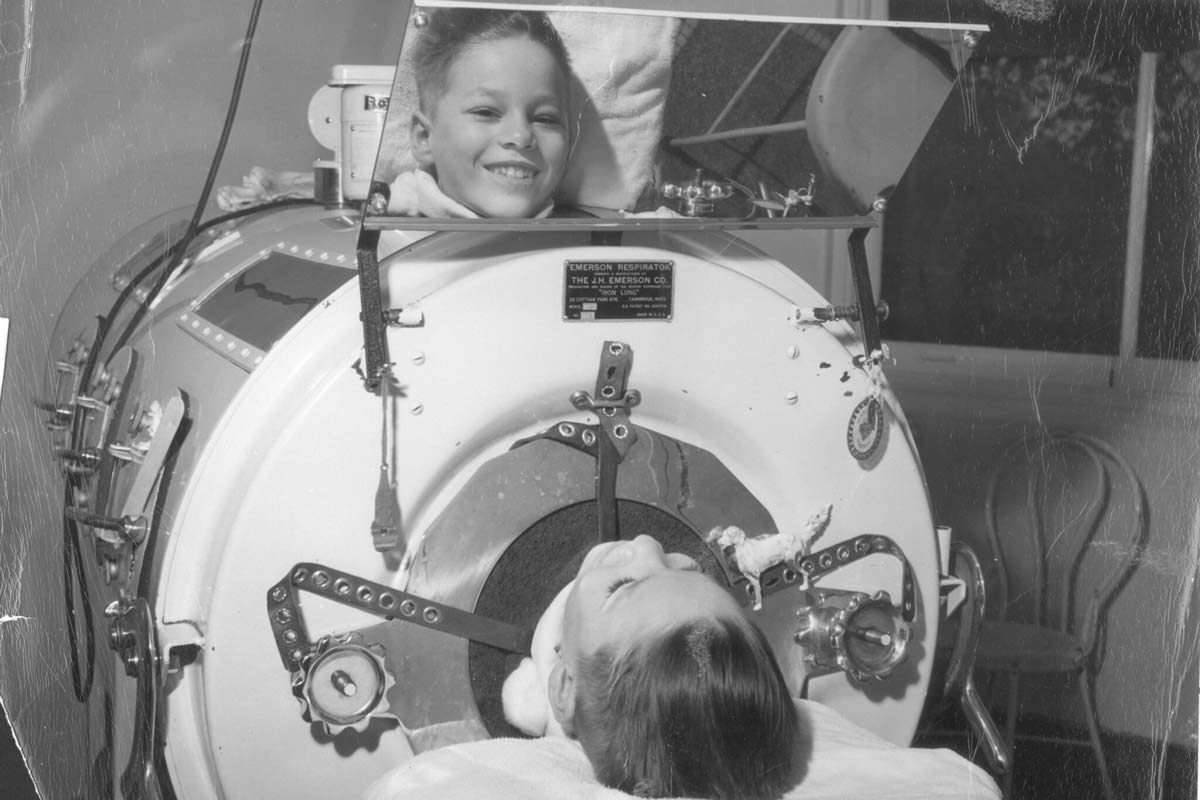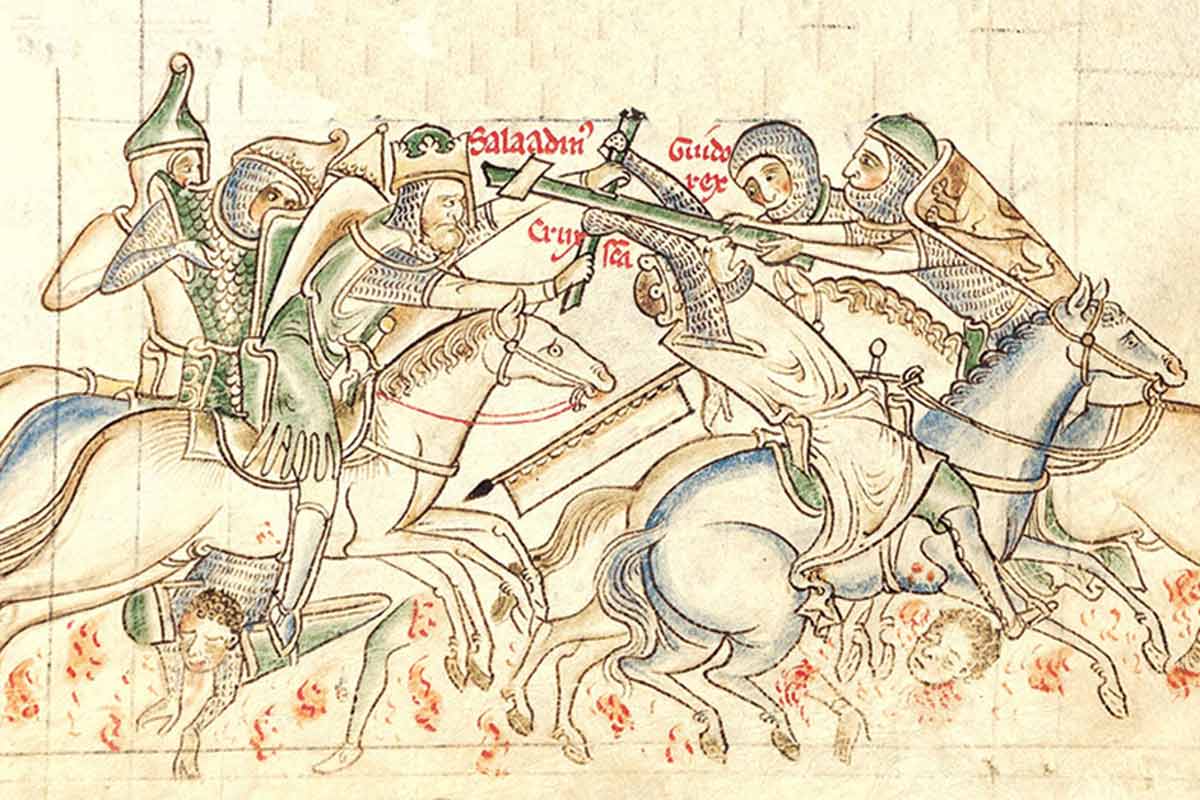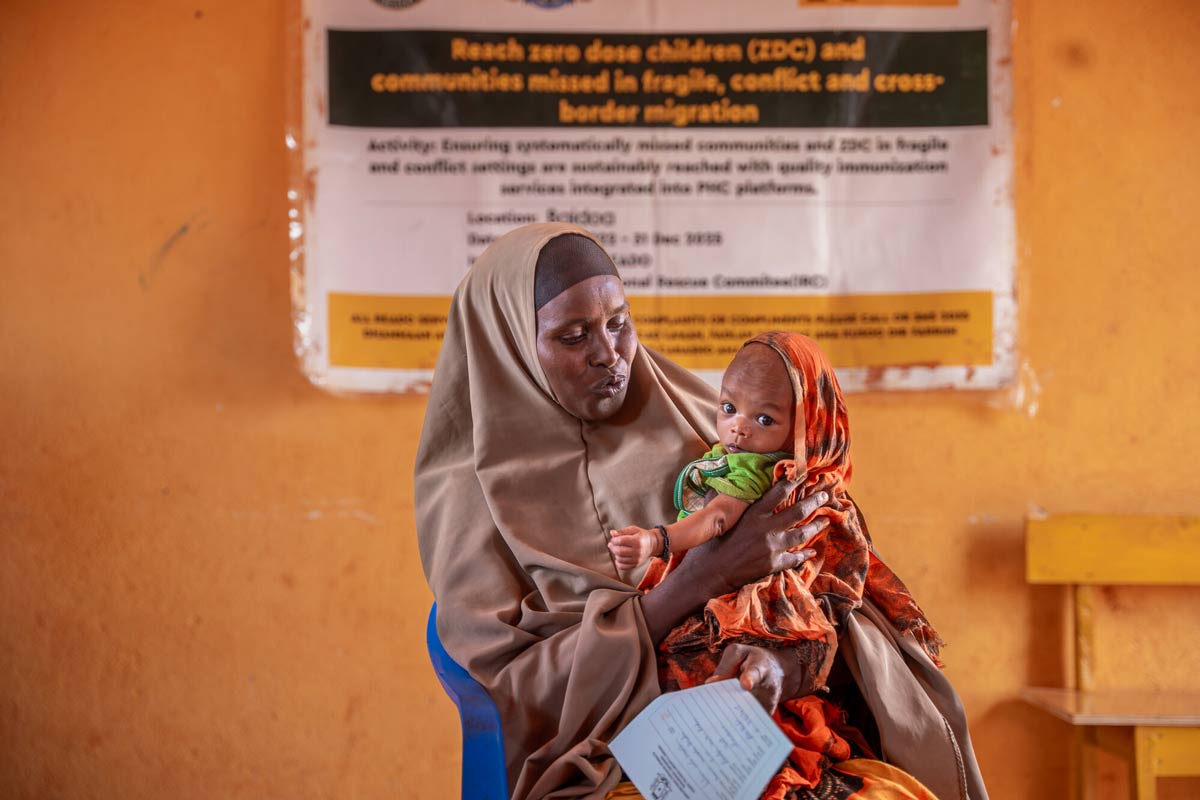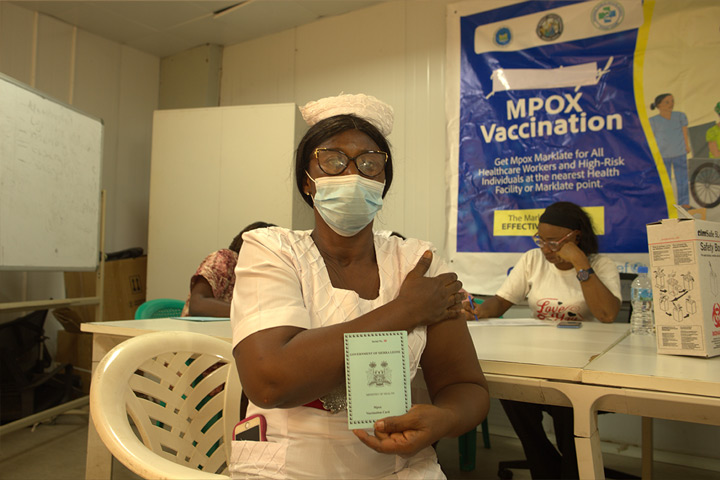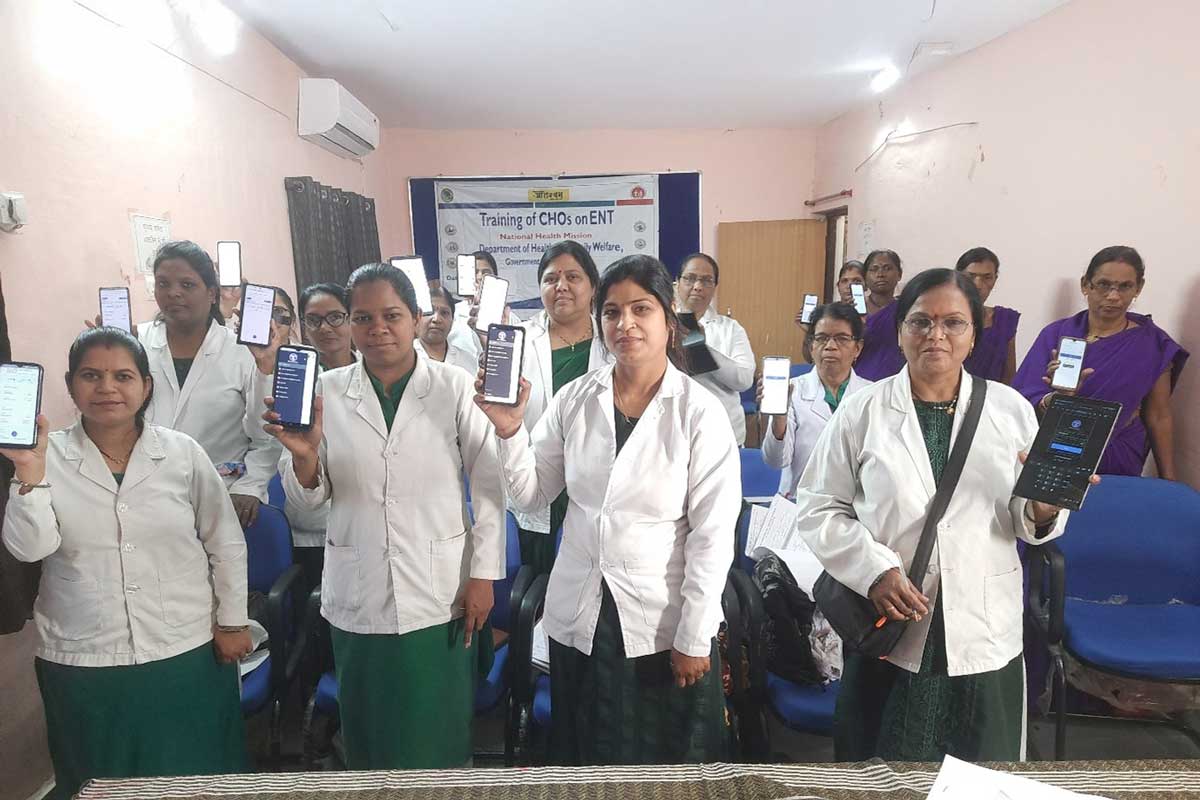An Indian Queen’s “Vaccine Selfie” in Oils
Why a 19th century portrait of three southern Indian noblewomen is “one of the most important scientific pictures in the history of medicine in India.”
- 26 April 2021
- 5 min read
- by Maya Prabhu

It was 1805, in Mysore, a grand, river-flushed city in the south of India, when the three noblewomen – two in the jewelled headwear of queens – posed for a portrait by the Irish-born painter Thomas Hickey. In his picture, the eye is drawn to the youngest of the women, who appears to be gesturing towards her upper arm. But Hickey’s true subject is a landmark event only hinted at in the details of the composition: a royal vaccination.

Mysore is in a period of political turmoil. The king, Krishnaraja Wadiyar III, is twelve years old. Some thirty years ago, his namesake and great-uncle, Krishnaraja Wadiyar II, lost the throne to his military commander, Haidar Ali, and then died of smallpox1. But that was then. Now, after decisive British intervention on their behalf, the Wadiyars are restored, and the elder Krishnaraja’s widow, the Dowager Queen Rani Lakshmi Ammani, has a keen interest in her grandnephew’s survival.
But this is a new century, and a new technology is about to change the world. Edward Jenner’s “vaccine” arrived in Bombay aboard a ship from Basra three years earlier; an Anglo-Indian toddler called Anna Dusthall was the first person on the subcontinent to be inoculated.
Mindful of the disease that ended the previous king's life, the dowager queen selects a smallpox survivor as Krishnaraja’s first bride while the king is just a boy. This is important because survivors are immune to the virus, and therefore unlikely to transmit it to others, including the king. She finds Krishnaraja a second, junior queen, closer to his own age: Devajammani of Lakshmivilas Sannidhana.
When the girl Devajammani (confusingly, both queens are named Devajammani) arrives at court, they discover that she has never had smallpox, which makes her vulnerable: Should she become infected, her risk of death is nearly one in three2, and the next devastating epidemic is always around the corner. Elsewhere in India3, variolation – a procedure designed to trigger immunity by exposing someone to small dose of smallpox virus – is customary, but it kills as many as one in fifty, and carries the risk of disfigurement even when successful4. In the worst cases, the intentional infection cuts loose and kicks off a new outbreak of smallpox.
Have you read?
But this is a new century, and a new technology is about to change the world. Edward Jenner’s “vaccine” arrived in Bombay aboard a ship from Basra three years earlier; an Anglo-Indian toddler called Anna Dusthall was the first person on the subcontinent to be inoculated. Unlike variolation, vaccination relies on the cowpox virus, a mild cousin of smallpox that is able to prompt immunity without risking deadly infection. The “vaccine vesicle” that sprang up on Anna’s arm became a source of lymphatic fluid for the next five vaccinees – the seed-stock of an arm-to-arm immunisation chain. Dr Helenus Scott, the vaccinating physician, wrote: “we have it now in our power to communicate the benefit of this important discovery to every part of India”.5
One thousand kilometres south, Mark Wilks, the British Resident at the court of Mysore receives instruction to promote the new technique. This is a period of expanding British power in South Asia, and Britain wants both to project itself as a modernising presence and protect its expatriate population from the ravages of epidemic disease. When Devajammani arrives at court, Wilks and the Dowager Queen seize the opportunity to boost acceptance of this cutting-edge method. Devajammani will be vaccinated, and her vaccination used as a public example.
“It’s a scientific picture,” says Dr Nigel Chancellor, a Cambridge historian of South Asia. “It’s probably one of the most important scientific pictures in the history of medicine in India.”
In the painting, young Devajammani gestures instructively to the site of vaccination, her sari dropped from the shoulder to better reveal her arm. Her beauty and her unmarked face are a testament to her radiant good health. Meanwhile, the older queen on the left of the frame has a zone of pigmentation around the mouth – evidence, says Chancellor, of a survived but disfiguring smallpox infection, most likely from variolation. In this way, the painting is a record of progress.
It is also an engine of persuasion. “In Mysore, political legitimacy is always a function of cultural practice,” Chancellor says. European science needed indigenous VIP endorsement. The Hickey painting would be displayed publicly in Madras at around the same time that it became mandatory for new recruits to the Madras Army to be vaccinated, and court chronicles described Devajammani’s immunisation as having a “salutary influence” on the inhabitants of Madras Presidency. Gradually, noted the chronicler, the people “came forward to avail themselves of the benefit of the vaccination.”6
